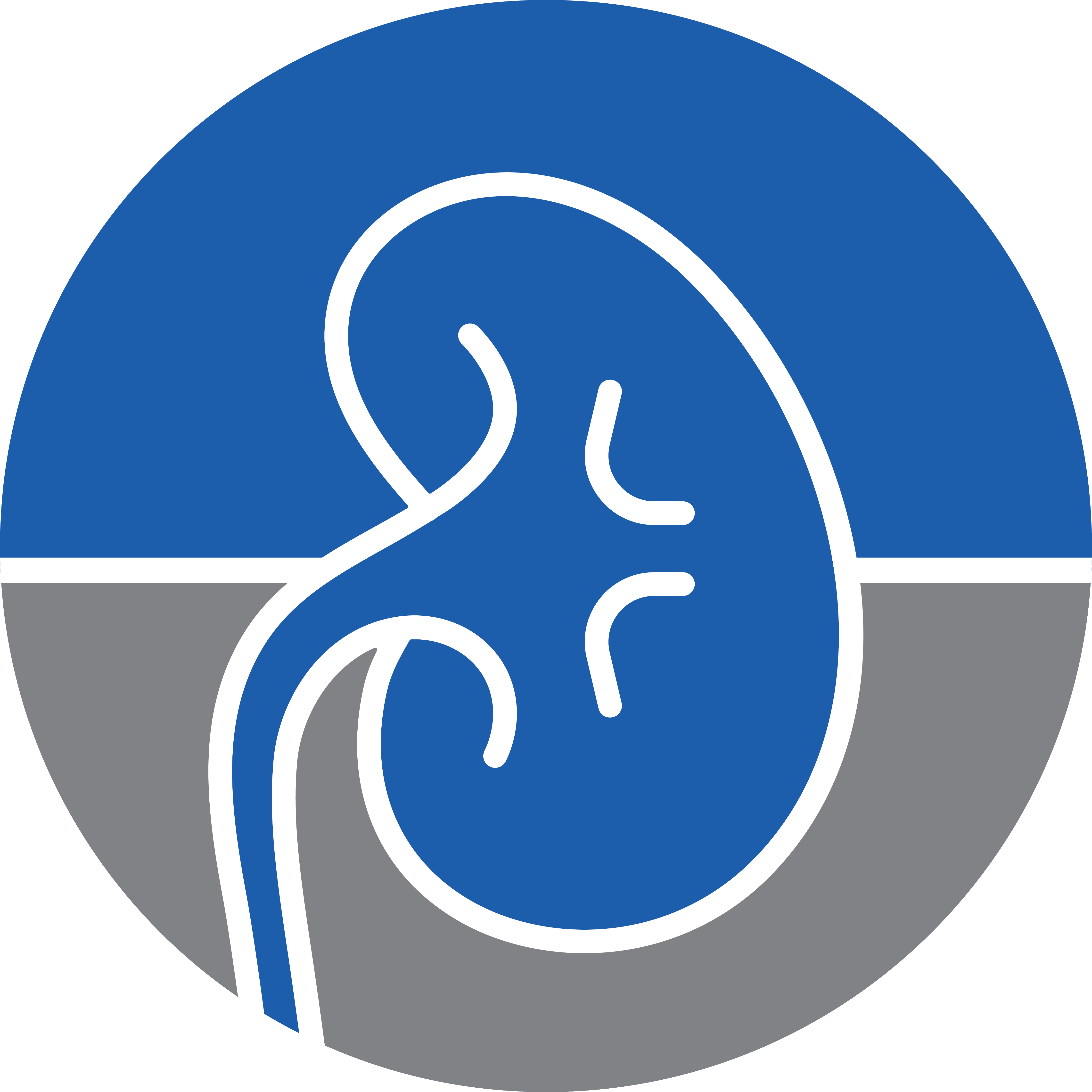Babies’ lungs are filled with a liquid that helps them grow and develop inside the womb. After they’re born, this liquid is absorbed so that after birth they can take in the surrounding air. Premature babies are at high risk of developing breathing problems because their lungs are not mature enough to make this switch without some extra help.
A ventilator is used to provide breathing support for sick or premature babies. These babies are often too weak, sick, or immature to breathe well enough on their own. They may need assistance from a ventilator to provide oxygen to the lungs and to remove carbon dioxide from the lungs.
Ventilator is a bedside machine. It is attached to a breathing tube that is placed into the trachea of the babies who need help breathing. Caregivers can adjust the ventilator as needed, depending on the baby’s condition, blood gas measurements, and x-rays.
Types of ventilatory support:
- Conventional mechanical ventilation (CMV)
With CMV, the ventilator pushes a measured amount of gas into the lungs at a certain rate meant to mimic normal breathing. The rate, the volume of air, and its oxygen content can all be adjusted for the individual baby. The lungs are rather like an elastic band: as the ventilator pushes a measured amount of air into the lungs, they stretch. At the end of the ventilator breath, the lungs stop stretching, then recoil to their resting state. Modern ventilators can sense when a baby is about to take a breath and synchronize ventilator breaths with the spontaneous breaths of the baby. In this way, CMV can be used to support breathing rather than replace it.
- Continuous positive airway pressure (CPAP)
CPAP is the delivery of air and extra oxygen, usually through small tubes placed in the nose, called nasal prongs, or through a mask. The mixture of air and oxygen gas is gently blown through the prongs, creating a slightly higher amount of pressure within the oral cavity and lungs than in the surrounding environment. Although not particularly forceful, this pressure helps prevent the lungs from collapsing and makes breathing easier. The amount of oxygen given can be adjusted to satisfy the oxygen needs of the baby’s body. Additionally, the pressure created in the lungs can also be adjusted. The goal is to keep the lungs inflated without putting too much strain on the lungs themselves.
- High frequency oscillation (HFO)
HFO is another mode of achieving gas exchange without using pushes from a ventilator. It is generally used for babies at risk for developing significant lung disease and damage. HFO puts pressure into the lungs, keeping them open, and then shakes very small volumes of air in and out of the lungs at a high rate.
- High frequency jet ventilation (HFJV)
HFJV is similar to HFO, except that instead of oscillations to drive oxygen into the lungs, it uses something like the action of a tiny air gun. There is a steady, continuous flow of gas into the lungs that is interrupted very frequently by pulsatile jets of gas directed at right angles to the continuous flow of gas. Jets of gas enter the lung at high rates. In general, HFJV is commonly used for babies that have developed pulmonary interstitial emphysema. In this condition, which can be caused by mechanical ventilation, small air-filled parts of the lung are effectively cut off from the rest of the lung and no longer functional.
Most babies who need ventilator assistance have some lung problems, including immature or diseased lungs, which are at risk for injury. Sometimes, delivering oxygen under pressure can damage the fragile air sacs. This can lead to air leaks, which can make it difficult for the ventilator to help the baby breathe.
Long-term damage may also occur, leading to a form of chronic lung disease that is called bronchopulmonary dysplasia. Therefore, caregivers closely monitor and try to “wean” the baby from oxygen or decrease the ventilator settings whenever possible. How much breathing support is given usually depends on the baby’s needs.
References:











